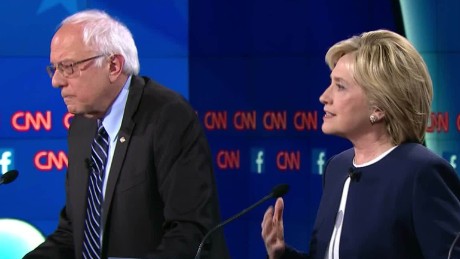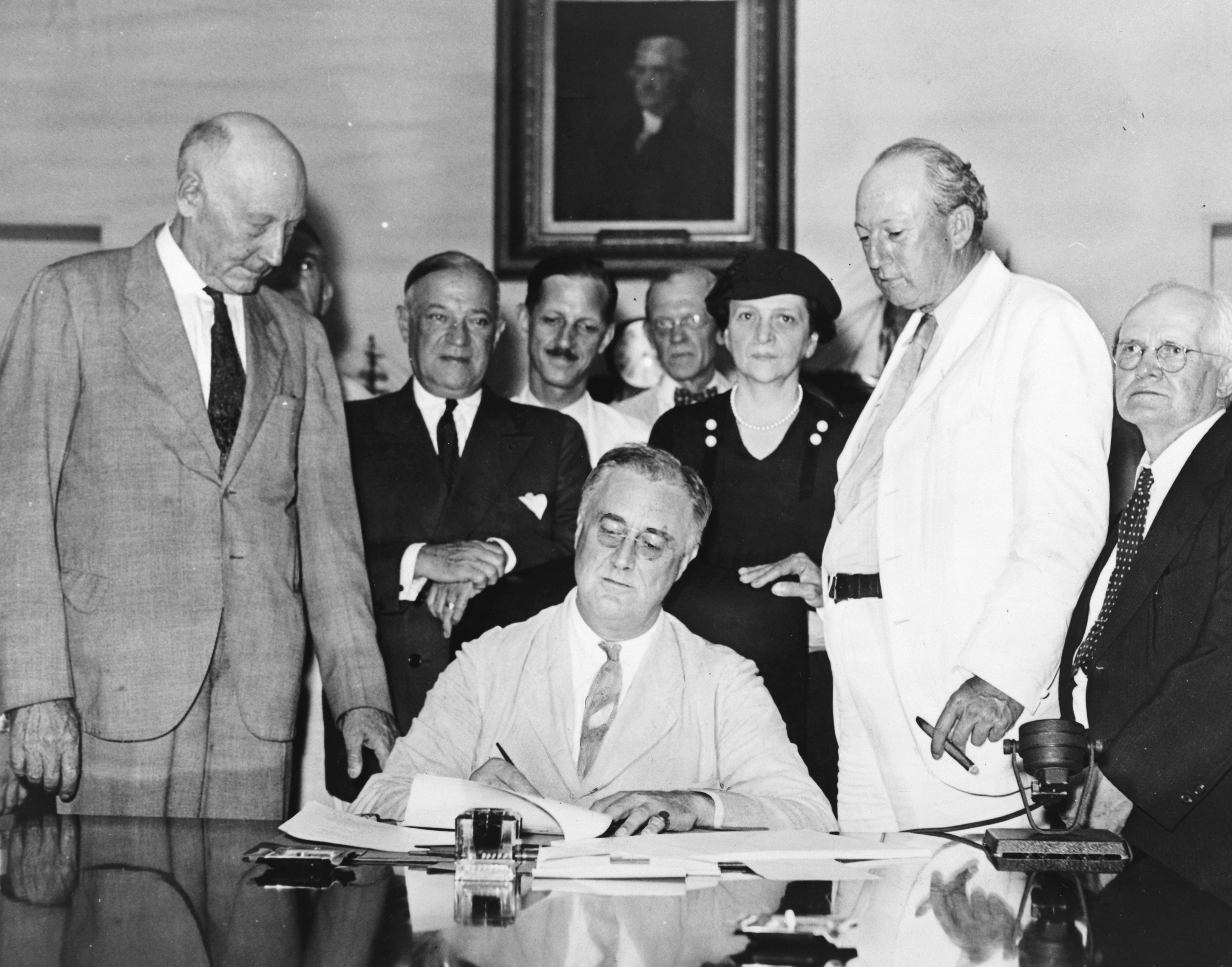I want organized labor to be relevant in the future of social justice movement but it just isn’t (at least not as currently organized). Organized labor exists to get higher pay, better work conditions and improved benefit packages for its members … and no one else.
At some point in our past the invention of the corporation paved the way for progress. It made possible the allocation of larger quantities of resources and the cooperation of people over longer periods of time.
The first corporations were cities and universities. Then business ventures that served public purposes such as the building of ports, canals, roads, rails and utilities such as water and electric were all incorporated. Finally, private business ventures incorporated and humans began to do big things that could not be done by sole proprietors and partnerships.
The bargaining power of a worker was small in the face of such large business interests and bargaining collectively gave workers a substantially better prospect for higher pay, better work conditions and improved benefit packages. At least it did so long as there was solidarity in the bargaining unit and support in the community.
One other important factor in the effectiveness of bargaining units was a high demand for labor coupled with a limited supply of laborers. Natural population growth and immigration have increased the supply of laborers. Technology has reduced the demand for labor.
It may be a myth but as some point in our history many believed that organized labor would lead to universally just and equitable division of the surplus to the working class. Some utopist thinkers expected the natural growth of the labor movement would lead to some form of democratization in the workplace such the nationalization of major industries and employee ownership of many smaller businesses.
But the hopes and the dreams of thinking people succumbed to the baser instincts of those who got caught up in their personal circumstances. Big business told unions, “OK, you but not them,” and the unions agreed.
Union leaders will tell you that higher pay, better work conditions and improved benefit packages for its members has led to higher pay, better work conditions and improved benefit packages for everyone else. This almost sounds like the trope promoted by big business that when businesses prosper the whole community prospers … trickle down economics.
I would argue that what has improved pay, work conditions and benefit packages for workers in general has been public policy. Government employees have historically enjoyed better pay, work conditions and benefit packages than non-government employees. As the government employed more people, the pressure on non-government employers to provide similar pay, work conditions and benefit packages increased.
The Fair Labor Standards Act and the expansion of government oversight in the workplace by agencies like the Occupational Safety and Health Administration and the National Labor Relations Board played a larger role in improving pay and work condition than competition for labor in an organized labor market.
Organized labor has played a constructive role in all of this, but has failed to evolve from representing a few, to representing many, to representing all. This happened because organized laborers arrived at a comfortable place on the economic ladder. Its members stopped seeing themselves as the “working class” and started seeing themselves as the “hard working middle class”.
Organized labor formed an in-group and without any real intention to do so relegated unorganized labor to the out-group. The unorganized working class fell behind and began to resent the organized working middle class. If you say this didn’t happen, you have your head up your [fill in the blank]!
A Gallop poll indicates that public confidence in organized labor dropped from a high of 39% in 1970 to lows of 19% to 20% from 2007 to 2013. Recent polls indicate that it may be rising and is up to 24%.
Still, our confidence in labor unions is less than our confidence in banks at 28% only a bit better than big business at 19%. You have to be in Congress for the public to have less confidence … just 8%.
Contrast this with the public confidence in small business which is at 67%!
Politically, labor finds its natural alliance with Democrats and small business owners find their natural alliance with Republicans. It should be no surprise that the alliance of Republicans with small business benefits it more than the alliance of Democrats with labor. It should also be no surprise that many Democrats have quietly developed relationships with big business to offset the disadvantage of their alliance with labor.
According to the Census Bureau, only about 6.6% of private sector jobs are union jobs while 35.7% of the public sector is organized labor jobs. It is only natural that a large population of people who have low pay, bad work conditions and little or no work benefits will be envious and even resentful of the small population of people who enjoy better pay, work conditions and benefits.
The general public does not see economic opportunity for itself in public sector employment and employment at a union shop. Big business has let the general public down and provides some of the worst paying jobs anywhere with no hope for worker protection offered by labor unions or government. It looks and feels like the general public has been pooped on by all three of them.
I am a friend of the labor family and I believe strongly in the need for government. I am critical of labor and the government because I want both to improve and play a positive role in economic prosperity for all, especially the working class.
I saw a political sign a few weeks ago that read, “Big Government is the Problem; Small Government is the Solution.” I would like to amend that to read, “Unrepresentative Government is the Problem; Representative Government is the Solution.”
Here is one thing I think labor MUST DO to earn the trust of the people who feel abandoned both labor and the government as solutions to their economic impoverishment and or deprivation, “Fight for $15!”
The current “Fight for $15!” is nothing more than an effort to organize fast food workers into labor unions. That needs to stop!
The “Fight for $15!” must be a fight to make sure that everyone who works earns a living wage and $15 per hour is the least a full time employee can earn and enjoy an independent, self-supported and dignified life. Everyone should earn at least $15 per hour, not just those who have jobs in union shops.
The current tactics of organized labor are failing to earn even $15 per hour for many, if not most, of the organized labor family. Those who continue to earn better wages do so mainly by either working excessively long hours or by looking the other way while their employer picks up temporary worker at lower wages.
In a world were technology has made it possible to live on 30 or fewer hours per week, it is almost impossible to convince hard working middle class people that they should stop working 50 to 60 hours a week and work just 40 hours. Labor unions are doing nothing to make more jobs available to more people when each worker is doing two jobs and earning the income of two people.
Organized labor must stop competing with non-organized labor for wages and must insist on wages sufficient to support an every individual or family from just one 40 hour job. The “Fight for $15!” is one way to do that.
Organized labor must oppose the phony conversion of low wage jobs into salary positions as a vehicle for compelling employees to work more than 40 hours without overtime. None of these salary workers are union members but the labor family has to fight for social justice both inside and outside the union family if it hopes to have social justice for its own membership and the confidence of the public.
I recently read an article suggesting that organized labor could have a new life if only it was to look beyond a demographic of well-paid, white, male, baby-boomers and focus on a new demographic of women, blacks and young adults. I think this is incredibly short-sighted.
Expanding the in-group still leaves you with and in-group and an out-group. There is a union jingle that is so appropriate for this conversation, “All in and none out!”
Focusing on a demographic that is feeling more pain and discomfort in our current economy and excluding other demographics that are non-the-less in great discomfort is nothing more or less than petty exploitation of the greater misfortune that pits one unfortunate group against another group who misfortune is not so great.
Another part of the problem is this: If we address certain economic issues that effect everyone such as by providing government administered healthcare for all, robust government administered retirement programs that meets everyone’s needs or universal rules for employment that cap weekly work hours we also make the need for a labor union as currently organized less significant.
Organized labor must evolve and it has failed to do so. For example, when a corporation closes the doors on a factory, the workers need to demand that they be given the opportunity to reopen the doors and form a worker’s cooperative. This is an evolution that would involve the kind of radical organizing that our grandparents did to form what we now know as labor unions.
This isn’t to say that organized labor is failing everywhere. Skilled trades are organized in much the same way as temporary employment agencies that are owned by the temporary employees. They need to insist on an end to the distinction between temporary and permanent work that gives corporations an incentive to outsource employment to corporate temp agencies instead of skilled trade unions.
We also need to end the distinction between part-time and full-time work that pits full-time union members against part-time union members.
Union organized trade schools are slowly but surely loosing out to tax-funded community college programs that train workers without unionizing them. Organized labor needs to look to Europe and see how modern education systems work and get behind reforms that take us in the right direction for everyone without regard for the classical union v. big business conflicts.
Adapting to change and ending the in-group versus out-group division is a big part of the challenge organized labor must accept if it is to be as relevant in the future as it was in the past.




/cdn0.vox-cdn.com/uploads/chorus_asset/file/4083886/celebrex.png)


.png)


